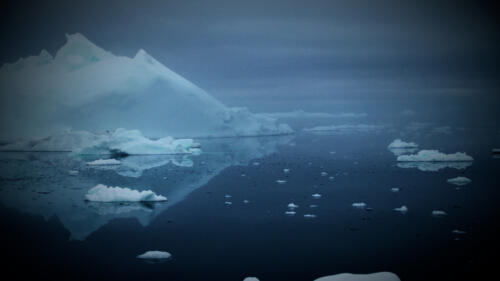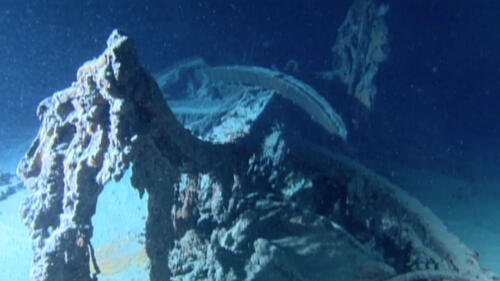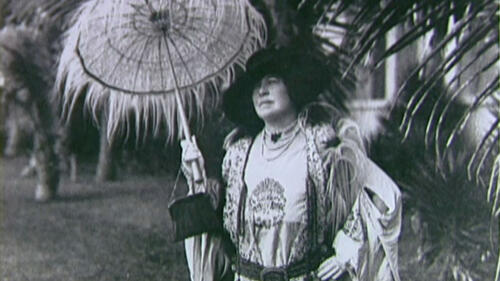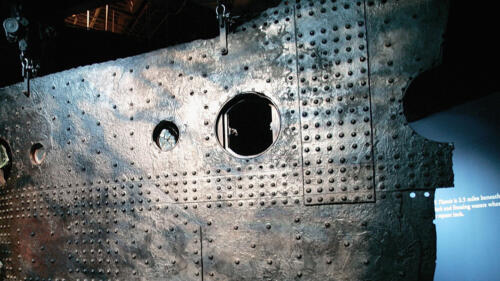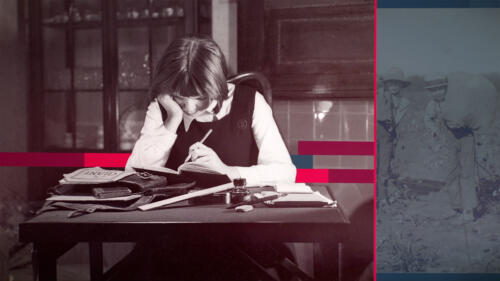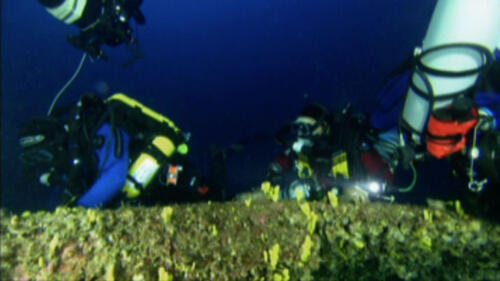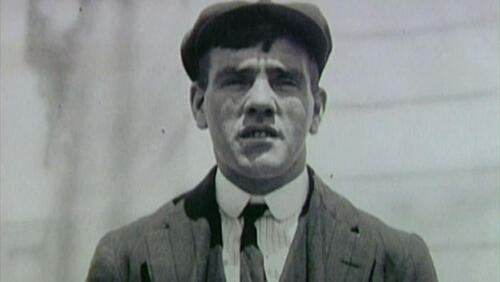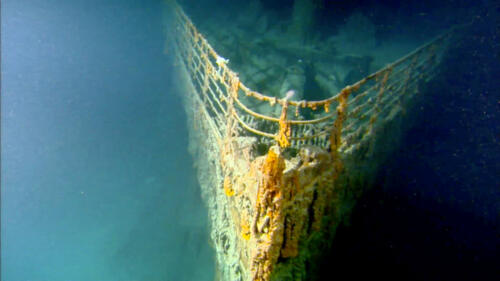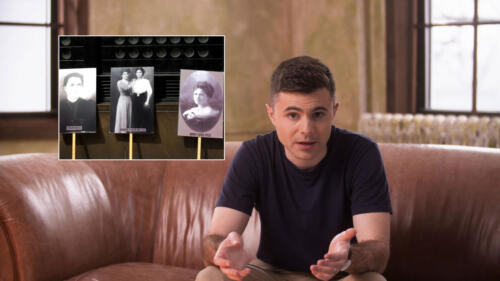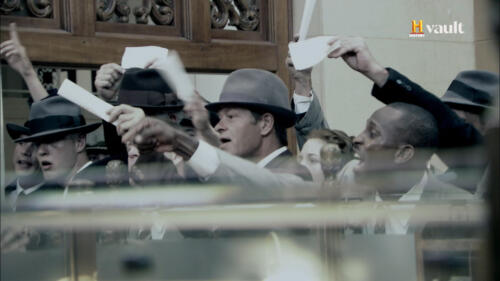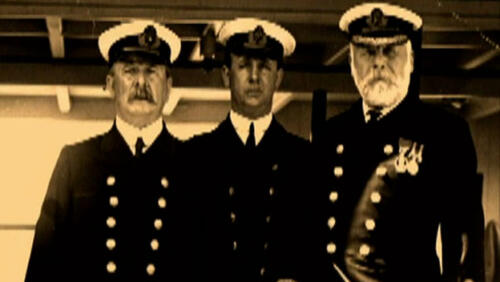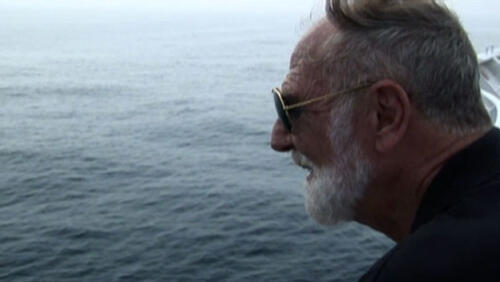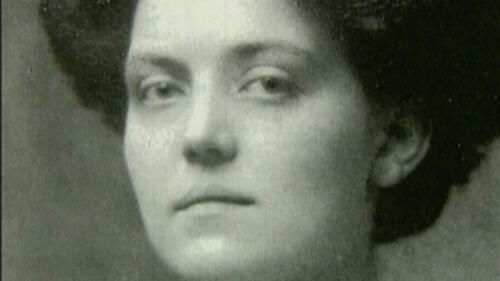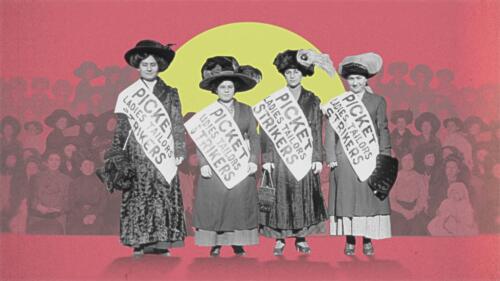Playlist
Early 20th Century U.S.
Inside the Titanic's Fatal Mistake
The sinking of the Titanic was one of history's most tragic disasters—but could it have been avoided?
Clifford Beers Revolutionizes Mental Healthcare
A graduate of Yale University, Clifford Beers founded the Clifford Beers Clinic in 1913, America's first outpatient mental health clinic. His work would establish a foundation for caring for people suffering with mental illness in America.
Flashback: A Knife-Throwing Mother Brings Her Family Into the Act
Louella Gallagher is not the prototypical mother of the 1950s. Her daughters Connie Ann, age 5, and Colleena Sue, age 2.5, serve as props in a knife-throwing act that would be considered a bit too risky by today's standards.
Flashback: Chevrolet's Bizarre Pirate-Themed Cartoon
In the 1930s, car companies turned to some pretty strange tactics to earn back American consumers after the Great Depression. In 1938, Chevrolet released this pirate-themed cartoon, featuring the company's new Master sedan.
The Unsinkable Molly Brown
This video clip from 'What Happened After' looks at the life of Margaret Brown, better know as the 'Unsinkable Mollie Brown' after she survived the sinking of the Titanic, including her experiences as an activist and her bid for election nine years before women had the right to vote.
Coroner's Report: The Titanic
When the "unsinkable" ocean liner Titanic was lost after hitting an iceberg on April 15, 1912, lifeboats saved only 700 of her passengers. What did the 1,500 people who went down with the ship experience in the icy waters of the North Atlantic?
Avoiding Disaster on the Titanic
In 1912, Titanic only had 37 seconds to avoid an iceberg. Why so little time, was it the lookouts that lacked binoculars, or that a ship can not make such quick turns? William Murdock investigates if Titanic's tragedy could have been avoided. Captain Charles Weeks teaches a course in the history of the Titanic at Maine Maritime Academy, where he challenges his students to seek the truth. Through experimentation, it is discovered that if the Titanic had a five hundred foot warning, it mostly likely could have avoided the iceberg and disaster that followed. A careful look at the lookouts, determines if it was their fault for the crash. The United States Senate launched an investigation into the lookouts where Frederick Fleet, a lookout, testified that he had asked for binoculars in the crows nest, but was informed that he did not need them. Was the sinking of the Titanic to blame on the lookouts or the navigation team, which selected the path of travel for the infamous ship.
Expedition Titanic
In this History Channel video experience the Titanic wreck and corroded metal and debris everywhere. These are only a few things that a person will see when he examines what remains of the Titanic Ralph White, a master cinematographer, explains his past and present voyages to the wreckage of the Titanic. With forty years of experience, and ten past expeditions into the dark depths of the ocean, White learns something new every time he studies the remains of the Titanic. Through his research, dives, and discoveries, Ralph White hopes to one day fill in the blanks in history about what really happened to the "unsinkable" ship.
